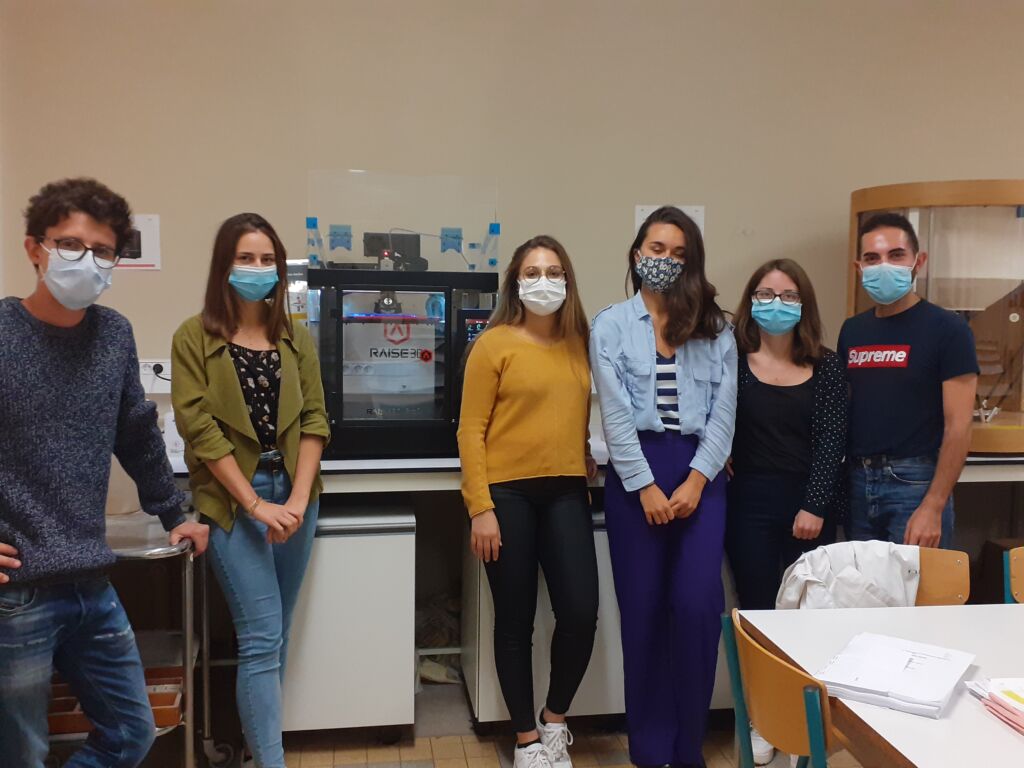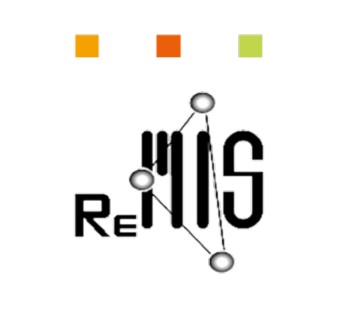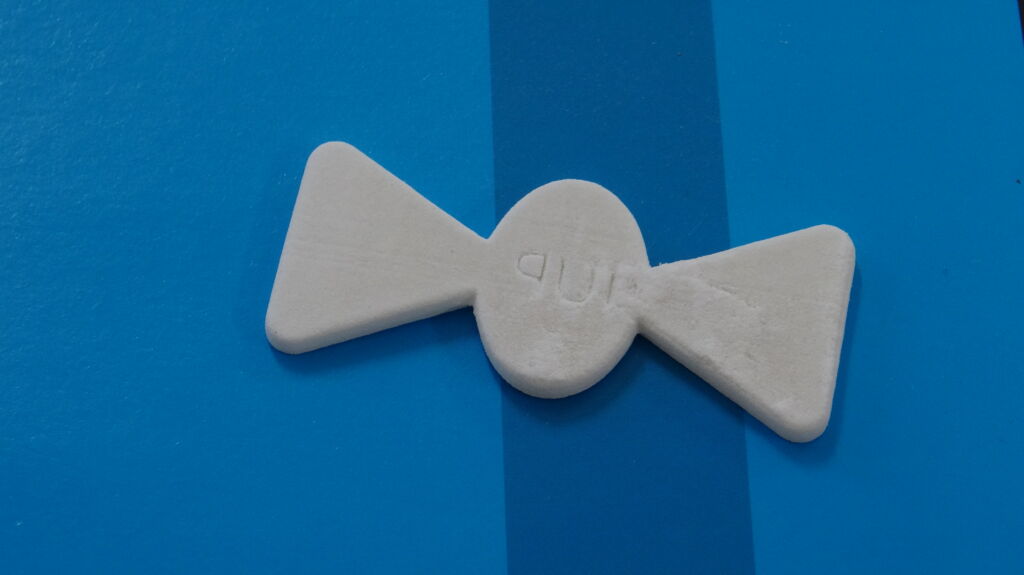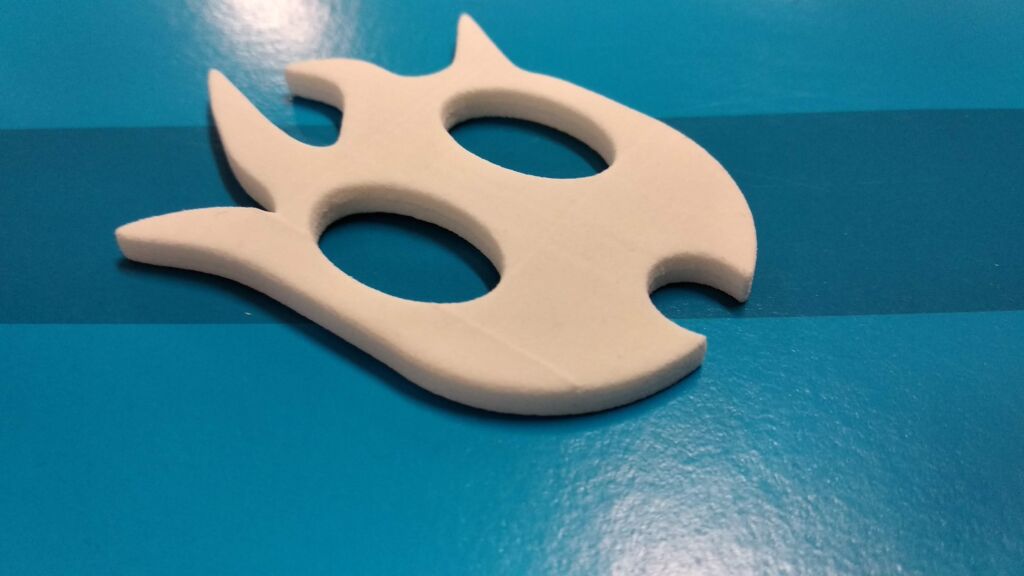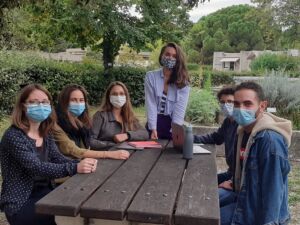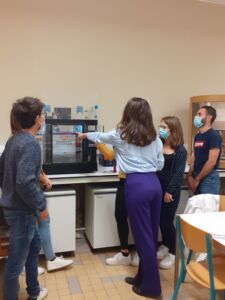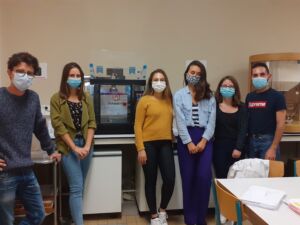The EPI3DS room
It's a 3D printing platform called "Espace pédagogique d'impression 3D pour la Santé" (EPI3DS) aimed at students.
It was created in 2018, as part of the REMIS research project, and is located in Building G, in the "Salle TP Galénique" room.
It presents itself as a classroom with 9 3D printers of four different types, click here to find out more!
- Its objectives :
Enabling students to print objects, medicines and even cells almost independently!
during courses or project-based learning,
-when setting up projects.
- For whom?
Under the responsibility of Dr Coline Pinese, this equipment is used by L3 IS,4 and 5th year Pharma students and PhD students.
Very soon, Coline will tell us more in an interview!
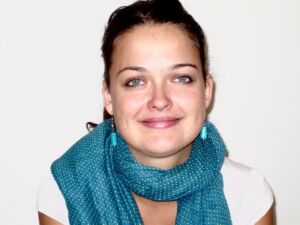
- Let's talk projects!
A working group of 8 students from the 5th year of Pharmacy in Industry explains how they use the EPI3D room.
"We're a team of 8 students in our fifth year of pharmacy studies. As part of our studies, we are involved in a tutored project supervised by Ms. PINESE Coline and Mr. GARRIC Xavier. Together, we're working on the design of a urological medical device".
"As part of our project, we are involved in additive manufacturing, otherwise known as 3D printing. First, we worked on the design of the medical device using a CAD product development platform (Onshape). This involves working on the dimensions and shape of the object to meet precise specifications.
Then, in order to be able to print the prototype, we sought to optimize the various printing parameters of the 3D printer used (Zortrax 200+) in order to obtain a quality prototype. Print parameters are modulated using a printer-specific slicer (Z-suit in this case). Finally, a g-code file is generated, containing all the information the printer needs to print (temperature, trajectory, etc.). This file is transferred via a USB port to the printer, which takes care of the rest."
"Overall, we learned a lot about 3D printing, material selection and characterization. As the material we chose for this project (TPE-U) was soft, we had a few concerns about the precision of the object we wanted to obtain. After some initial fine-tuning to create a suitable print profile for the material, the prints went off without a hitch.
We realized that printing is useful, even essential, for prototyping a medical device. After printing our first prototypes, we were able to test them and develop them further, printing new versions whose modifications brought us closer to a final version."
"The whole team was very happy to work with the Faculty of Pharmacy's biomaterials laboratory. It was very interesting to be able to touch on the design of a health product different from a drug."

